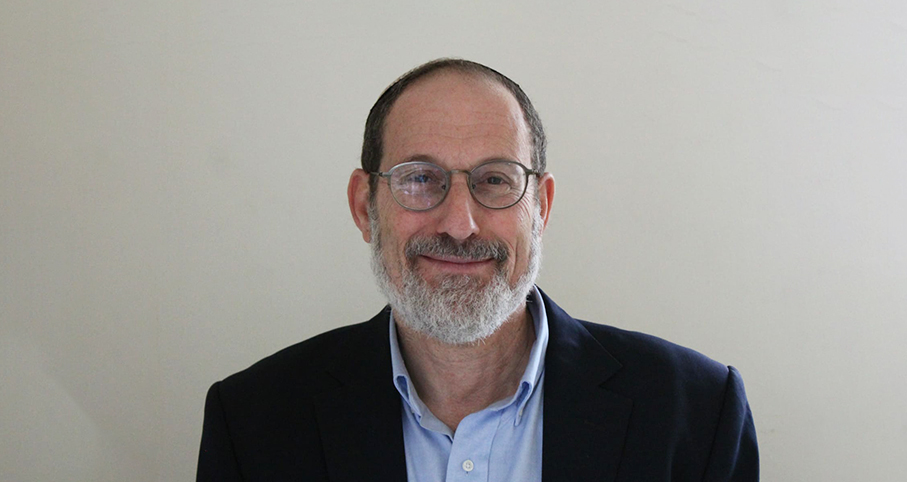Ask the Rabbi
- Halacha
- The Meal - Washing, Eating and Benching
- Birkat Hamazon - Grace after the Meal
Question
I was transliterating Birkat HaMazon for a friend of mine and came across something I didn’t understand. I discovered that in the second blessing (Nodeh l’kha) there is a phrase that would have to be transliterated as "v’al akhilat mazon sha’atah zan". I looked in Nusach Ashkenaz, Nusach Sefard, Nusach Arizal (Chabad), and the Ramchal’s siddur - and they all place a qamatz under the "shin" (sha’atah), but in both of my Nusach Edot HaMizrach siddurim, they place a segol underneath the "shin" (she’atah). Why?
Answer
17th Adar I 5771
When Chazal made the Tefillot and Berachot they tried to make things as similar as possible to words in the Tanach. In Shoftim 6:17 the word שָׁאַתָּה appears with a "kamatz" under the Shin. According to the Mishna B'rura (קפז סק"ב) and the Eliyahu Rabba (קכא ס"ק,א, קפז סק"א ) this is the way it should be pronounced both in Nodeh Lecha in the bentching as well in Modim in Shmoneh Esreh. Therefore this is the way it appears in most Ashkenazi Siddurim.
However, according to the Chida (ברכי יוסף אורח חיים סימן קכז) one must differentiate between the language of the Tanach which contains esoteric messages and the language of Tefilla where this pronunciation is not required. He therefore says that the pronunciation under the Shin is with a Segol. He further says that this was the prevalent custom in Eretz Yisrael and he says most people pronounce it so without protest from others. Therefore in some siddurim we find it with a segol.
In most Ashkenazi siddurim will you find a kamatz under the Shin while in Edot MIzrach siddurim you will find with a segol. There are different customs among Chassisdim as well.

Bracha Achrona before washing Netilat Yadayim
Rabbi David Sperling | Adar 21, 5775

Bracha on Kosher food in unkosher bowl
Rabbi David Sperling | Kislev 4, 5784

Harachaman in bentching
Various Rabbis | 14 Elul 5763





